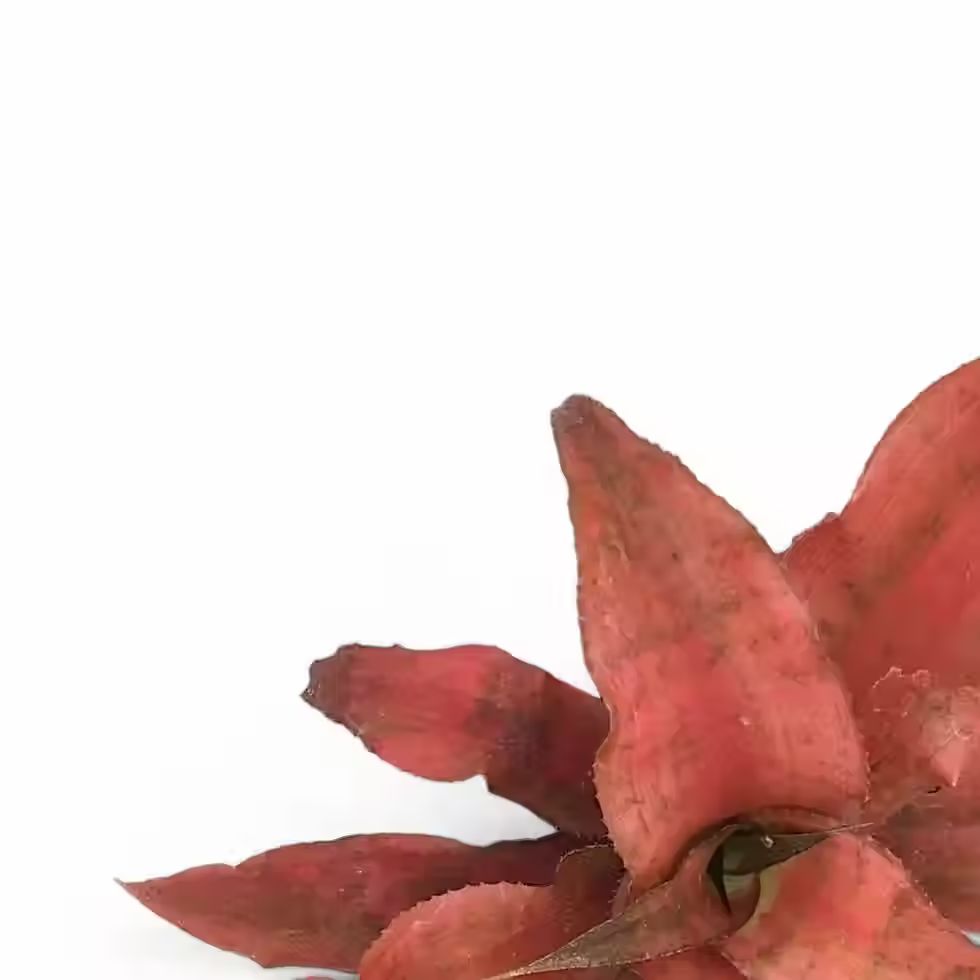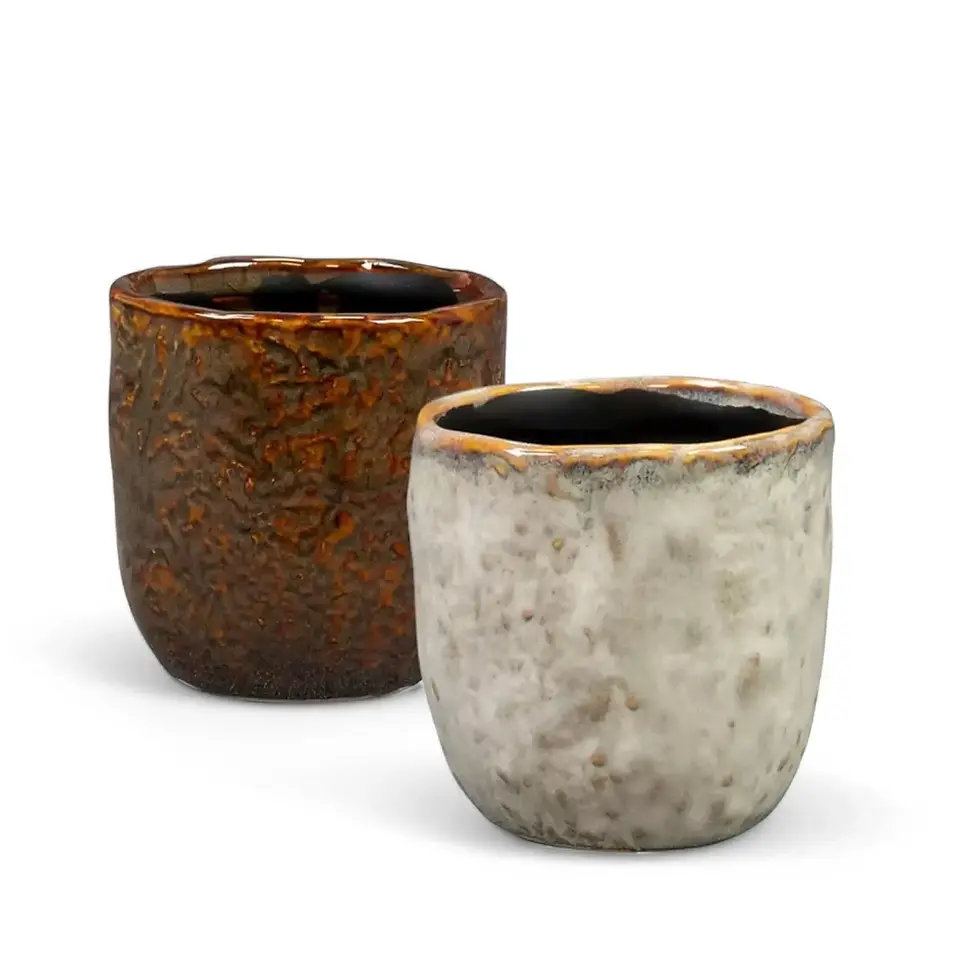Trachycarpus fortunei - Complete Care and Growth Guide
Trachycarpus fortunei, commonly known as the Chinese windmill palm, is a cold-hardy palm with a distinctive fiber-covered trunk and lush, fan-shaped fronds. Native to China, Japan, Myanmar, and parts of India, this resilient palm tolerates low temperatures, adapts well to indoor and outdoor environments, and requires minimal maintenance. Whether you're looking to bring a tropical aesthetic to your home or seeking a hardy outdoor palm, Trachycarpus fortunei is an excellent choice.
Distinctive Features and Benefits of Trachycarpus fortunei
- Architectural Foliage: Large, fan-shaped, deep green leaves with a glossy texture create an exotic appeal.
- Cold-Hardy: Thrives in temperatures down to -10°C, making it one of the most frost-resistant palms.
- Moderate Growth Rate: Grows 15-30 cm per year, reaching up to 2-3 meters indoors and up to 12 meters outdoors in ideal conditions.
- Adaptable and Resilient: Tolerates various light levels, soil types, and humidity conditions.
- Pet-Safe: Non-toxic to pets and humans.
Natural Habitat and Growth Characteristics of Trachycarpus fortunei
- Native Regions: Found in mountainous regions of China, Japan, and Myanmar at elevations between 100-2,400 meters.
- Climate: Adapted to cool summers and cold winters, with annual rainfall between 1,000-2,500 mm.
- Growth Habit: Upright palm with a single, slender trunk covered in rough brown fibers, topped with a crown of arching fronds.
- Size Indoors: Typically 2-3 meters in height with a spread of about 1.5 meters.
Trachycarpus fortunei Care Guide
→ Placement
- Prefers bright, indirect light but tolerates partial shade.
- Avoid placing near heaters, air conditioners, or cold drafts to prevent stress.
→ Light Requirements
- Thrives in bright, indirect sunlight.
- Tolerates some direct morning or evening sun but avoid intense midday exposure.
→ Watering
- Keep soil evenly moist but never waterlogged.
- Allow the top 2-3 cm of soil to dry between waterings.
- Reduce watering in winter when growth slows.
→ Humidity
- Adaptable to average indoor humidity.
- Use a humidifier or water tray if humidity is too low.
→ Temperature
- Ideal range: 18-24°C.
- Tolerates short temperature drops but should be protected from prolonged exposure below 10°C.
→ Soil Requirements
- Well-draining, nutrient-rich soil is ideal.
- A mix of peat, perlite, and sand prevents excessive moisture retention.
- Avoid heavy clay soils to prevent root rot.
→ Repotting and Pot Selection
- Repot every 2-3 years or when root-bound.
- Use a sturdy pot with drainage holes to prevent moisture buildup.
→ Fertilization
- Feed with a balanced, slow-release palm fertilizer every 4-6 weeks during the growing season.
- Avoid over-fertilization, which may cause leaf tip browning.
→ Propagation
- Grown from seeds, though germination is slow and may take several months.
- Ideal germination conditions: Warm temperatures (22-25°C) and high humidity.
→ Semi-Hydroponics
- Can adapt to semi-hydroponic setups using LECA (light expanded clay aggregate) or similar inert media.
→ Pruning
- Remove dead, yellowing, or damaged fronds at the base to maintain a healthy appearance.
- Avoid excessive pruning, as fronds contribute to energy production.
Common Issues and Solutions for Trachycarpus fortunei
→ Pests
- Watch for spider mites, mealybugs, and scale insects.
- Solution: Wipe leaves with neem oil or apply insecticidal soap.
→ Root Rot
- Caused by overwatering.
- Solution: Ensure proper drainage and allow the top layer of soil to dry between waterings.
→ Leaf Issues
- Brown Leaf Tips: Often due to low humidity or fluoride in tap water.
- Solution: Use filtered or rainwater and increase humidity levels.
- Yellowing Leaves: May result from overwatering or nutrient deficiencies.
- Solution: Adjust watering and fertilization.
→ Fungal Issues
- Leaf Spot Disease: Can develop in overly damp conditions.
- Solution: Improve air circulation and avoid overhead watering.
Additional Considerations
- Support: The fibrous trunk naturally supports itself—no staking required.
- Drought Tolerance: Once established, it can withstand short dry periods.
- Winter Protection: If grown outdoors in cold climates, wrap the trunk with horticultural fleece to prevent frost damage.
- Invasive Potential: In some regions, it may naturalize beyond intended areas, so manage seedlings accordingly.
Etymology and History
Trachycarpus: Derived from Greek, “trachys” (rough) and “karpos” (fruit), referring to its textured fruit.
Fortunei: Named after Scottish botanist Robert Fortune, who introduced this species to Europe in the 19th century.
Frequently Asked Questions
- Can Trachycarpus fortunei be grown indoors?Yes, it thrives indoors with proper light, humidity, and watering.
- How often should I repot?Every 2-3 years or when roots become crowded.
- Does it require a lot of maintenance?No, it’s low-maintenance and easy to care for.
Order Trachycarpus fortunei Today!
Bring the exotic beauty of the Chinese windmill palm into your home or garden. Shop now and enjoy its tropical charm year-round!
Trachycarpus fortuneii
Trachycarpus fortunei comes in following sizes:
S – is approximately 60 cm tall and comes in a ⌀ 19 cm pot.
M – is approximately 70 cm tall and comes in a ⌀ 21 cm pot.
L – is approximately 100 cm tall and comes in a ⌀ 24 cm pot.
XL – is approximately 140 cm tall and comes in a ⌀ 27 cm pot

























































